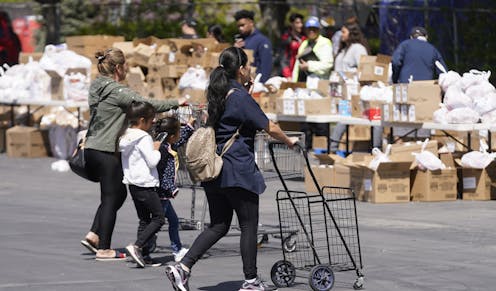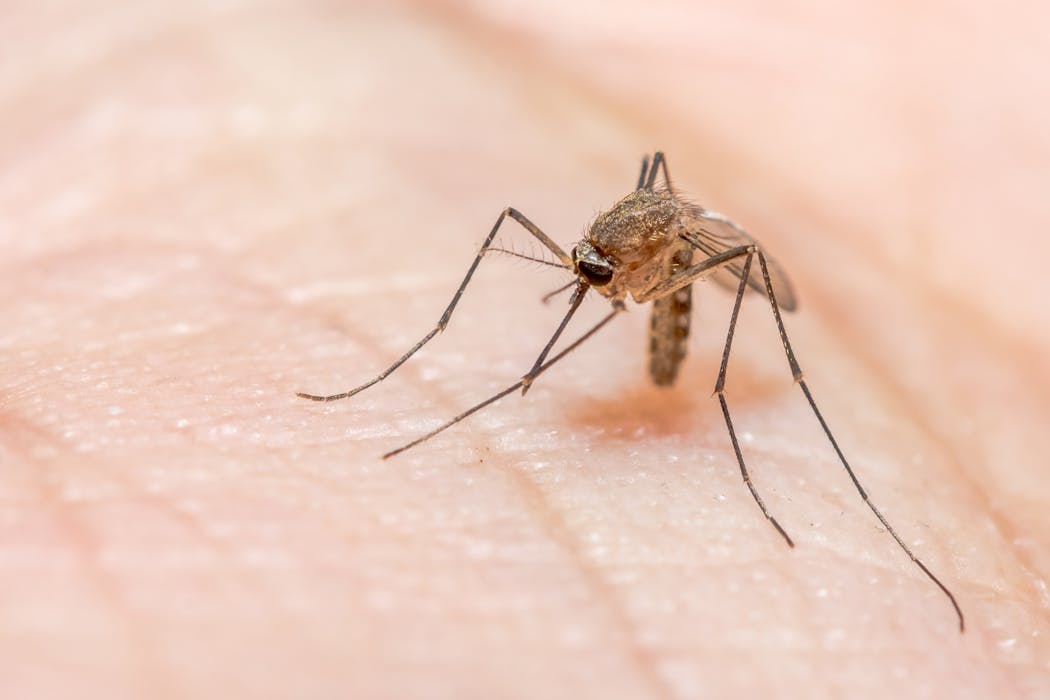Why food insecurity among Gen Z is so much higher than for other age groups
- Written by Sam Polzin, Food and Agriculture Survey Scientist, Purdue University

References
- ^ CC BY-ND (creativecommons.org)
- ^ over twice the rate of the average American (ag.purdue.edu)
- ^ Center for Food Demand Analysis and Sustainability (ag.purdue.edu)
- ^ having a lack of money or other resources for food (www.ers.usda.gov)
- ^ food insecurity increased by 34% (www.usda.gov)
- ^ such as seniors (www.doi.org)
- ^ households with children (www.doi.org)
- ^ most likely to face unemployment (www.bls.gov)
- ^ increased the number of students dropping out of school (hechingerreport.org)
- ^ inflation soaring at the fastest pace in 40 years (fred.stlouisfed.org)
- ^ federal poverty line (aspe.hhs.gov)
- ^ typically improve food security (doi.org)
- ^ not eligible for the Supplemental Nutrition Assistance Program (www.fns.usda.gov)
- ^ can potentially discourage young people (doi.org)
- ^ fastest pace since 1979 (fred.stlouisfed.org)
Authors: Sam Polzin, Food and Agriculture Survey Scientist, Purdue University





